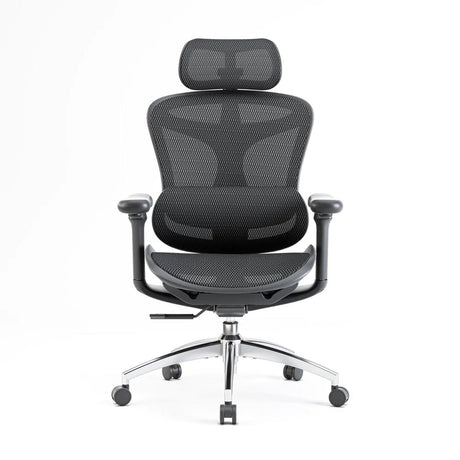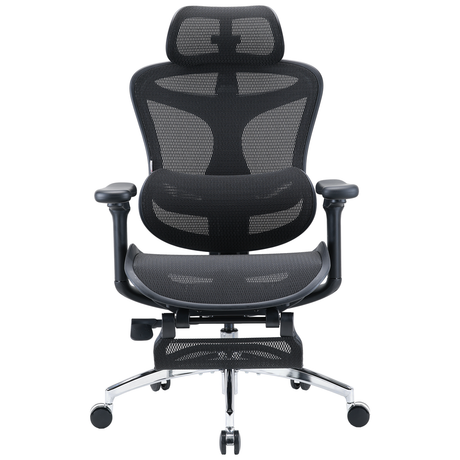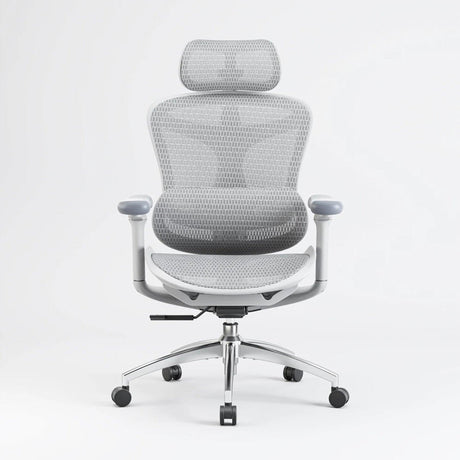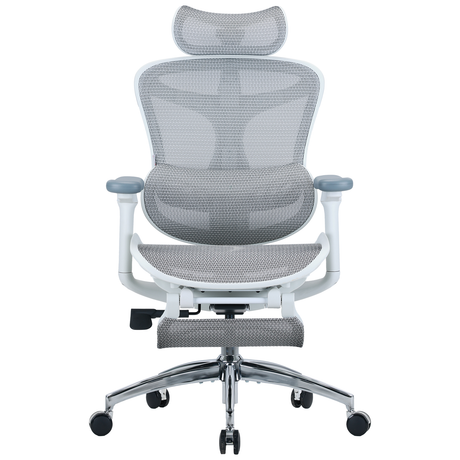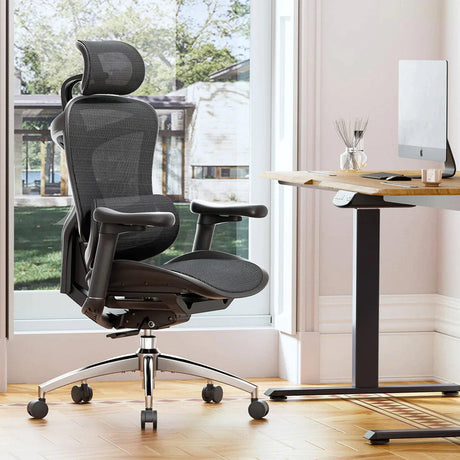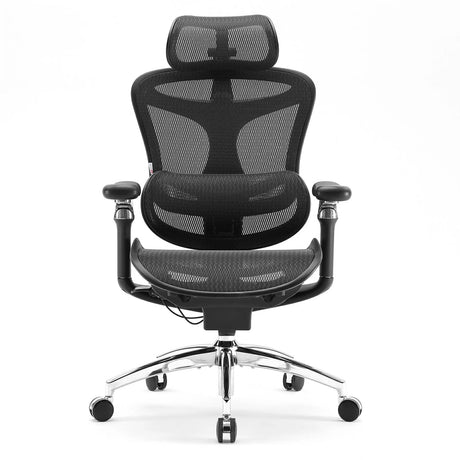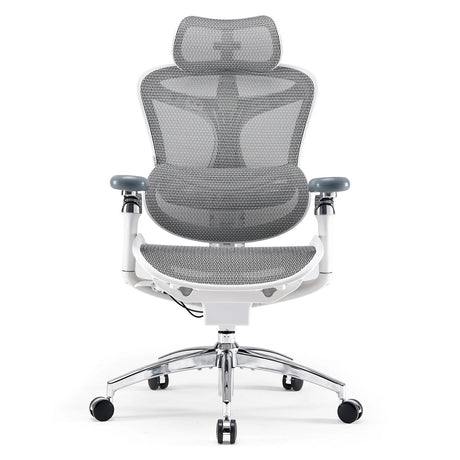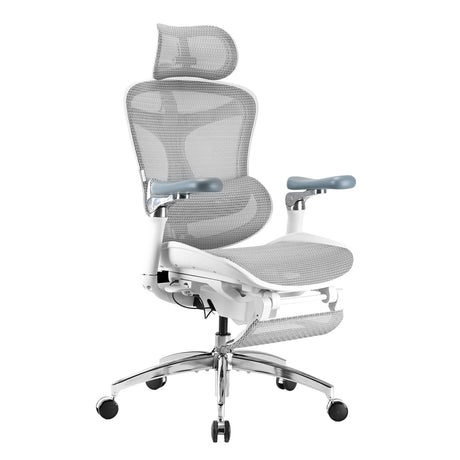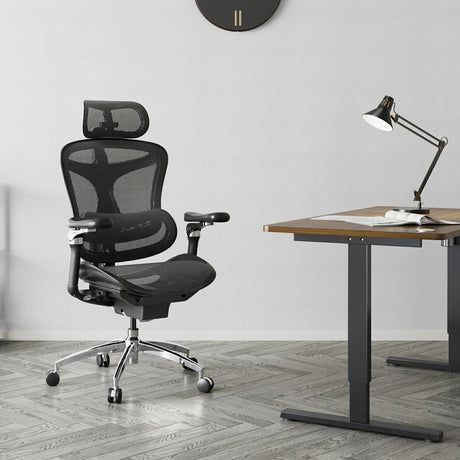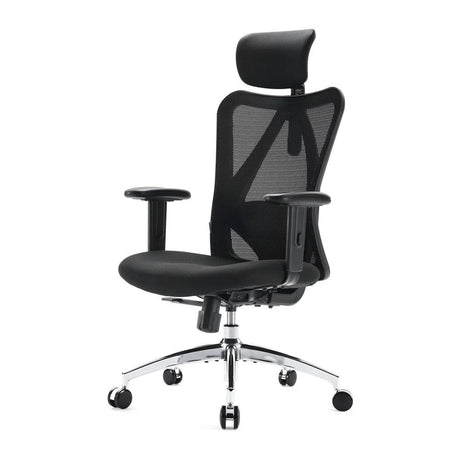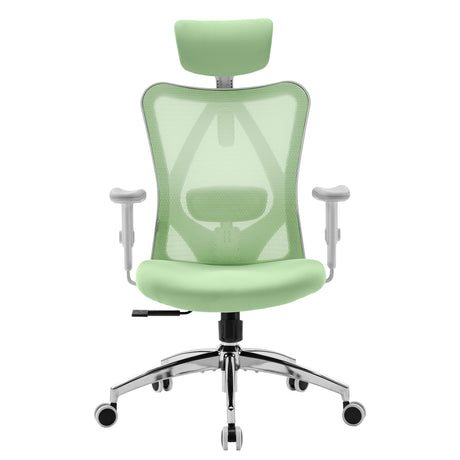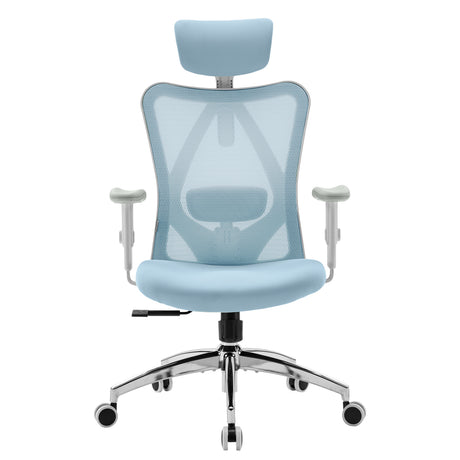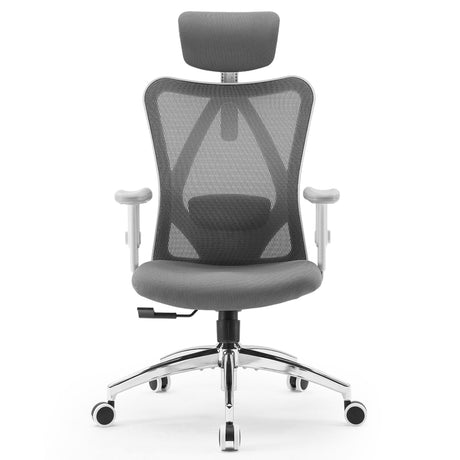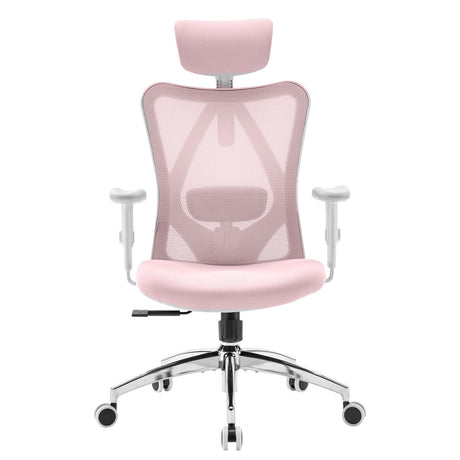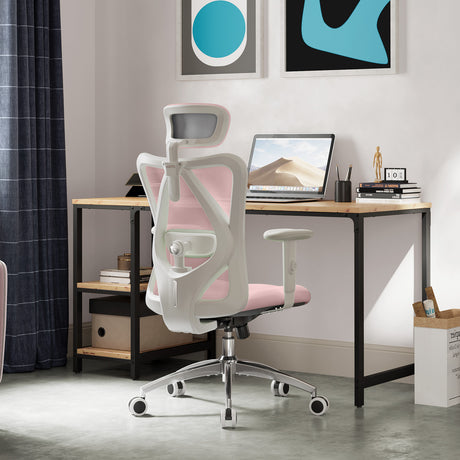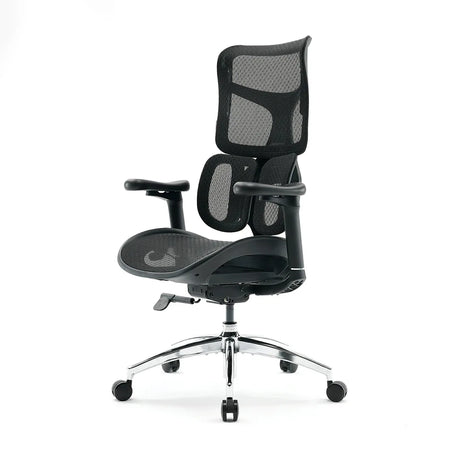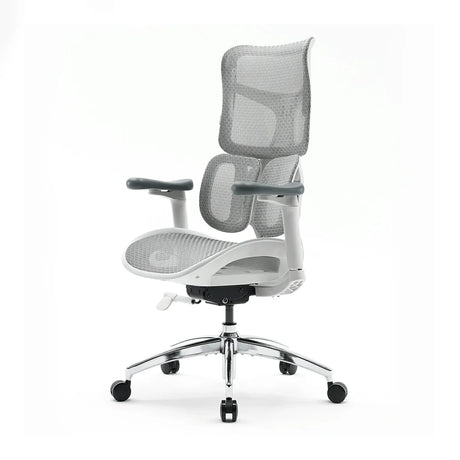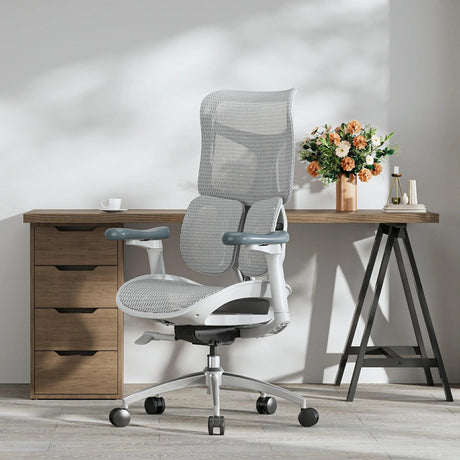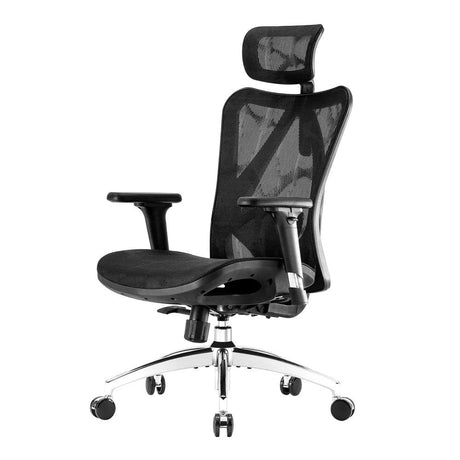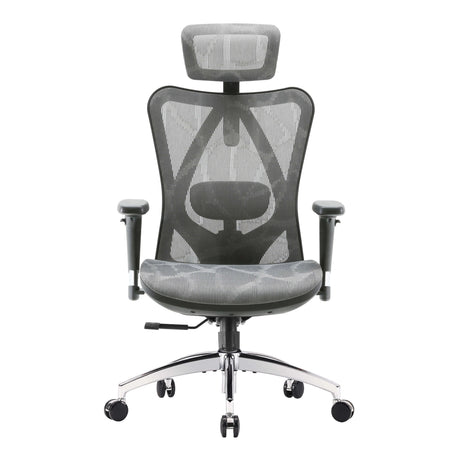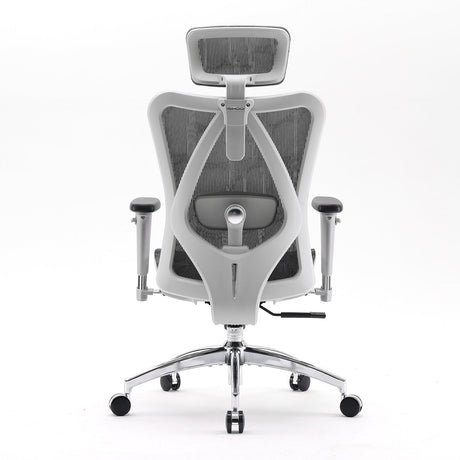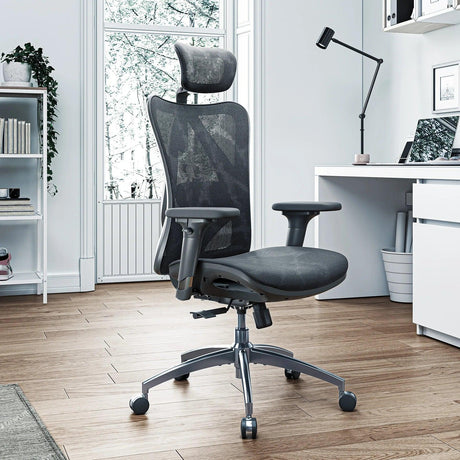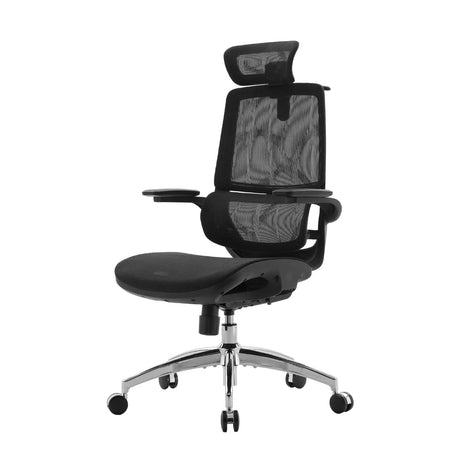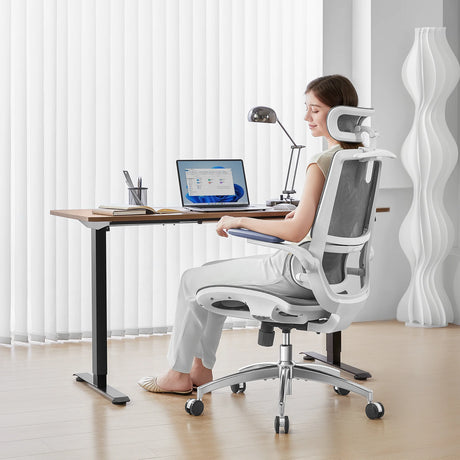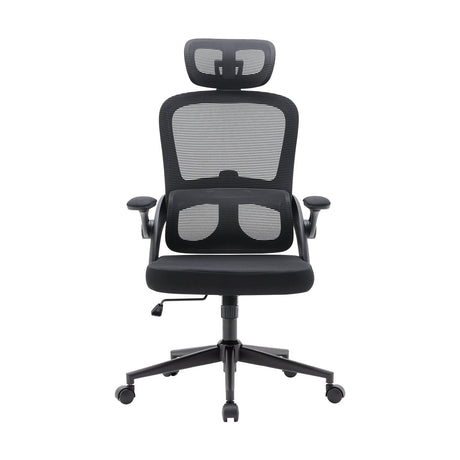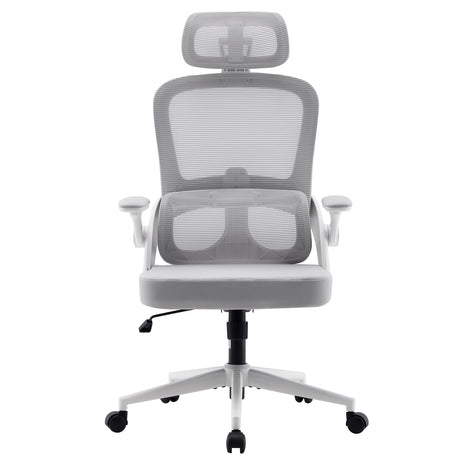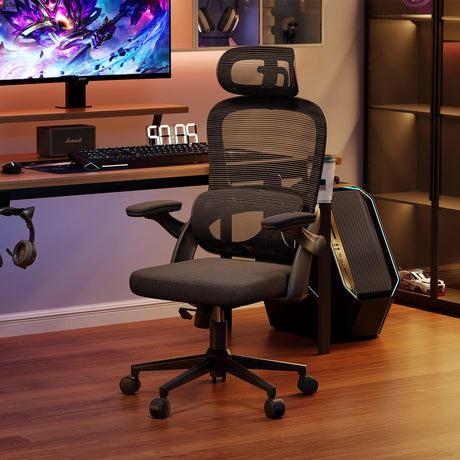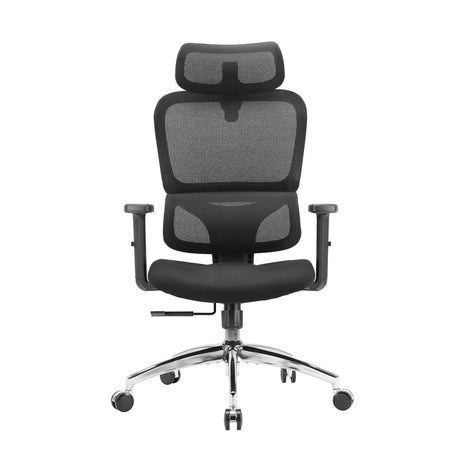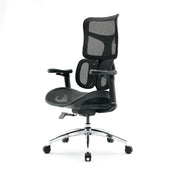Velvet. The very word conjures images of opulent texture, rich color, and a luxurious depth that instantly elevates any space. A velvet chair is not just a piece of furniture; it is a statement, a focal point, and an invitation to sink into unparalleled comfort. Yet, alongside this undeniable allure often comes a quiet concern: How long does a velvet chair last?
As professional furniture specialists, we understand that investment in quality furniture demands clarity on longevity and durability. The lifespan of a velvet chair is not a single, fixed number. It is a dynamic outcome, a product of a complex interplay between the initial quality of the piece, the specific type of velvet used, the environmental conditions it endures, and the consistency of the care it receives.
In this comprehensive guide, we will move beyond simple averages to meticulously break down the factors that truly dictate the endurance of your cherished velvet chair. We will provide you with the professional insight necessary to maximize its lifespan, ensuring its luxurious beauty remains a centerpiece of your home for years, potentially even decades, to come.
Part I: The Core Lifespan – Quality and Material
When you first purchase a velvet chair, its built-in durability establishes a foundational lifespan. On average, a well-constructed velvet chair can be expected to last 7 to 10 years under moderate, regular use. However, this is a baseline. Exceptional quality and diligent care can easily push that figure towards 15 to 20 years, while poor construction or high-stress environments can reduce it significantly.
The most critical initial determinants of longevity are the quality of the frame and the composition of the velvet upholstery itself.
1. The Underpinning: Frame and Construction Quality
The upholstery may hold the aesthetic appeal, but the frame is the structural backbone that truly determines how long the chair will function effectively.
-
Premium Quality (Longest Lifespan): Chairs with frames made from kiln-dried hardwood (such as oak, ash, or beech) are the gold standard. Kiln-drying removes moisture, preventing warping and cracking over time. Joints secured with methods like double-doweling, corner blocks, and reinforced screws offer superior stability and minimize creaking or wobbling. These chairs are built for endurance and often come with substantial warranties.
-
Medium Quality (Average Lifespan): Frames using a combination of solid wood and high-quality plywood or engineered wood offer good stability at a more accessible price point. While generally robust, they may not resist the stresses of heavy daily use or frequent moving as well as a pure hardwood frame.
-
Lower Quality (Shortest Lifespan): Frames constructed primarily from soft woods, particleboard, or low-density fiberboard (LDF) are prone to instability, bending, and cracking under pressure. The structural integrity may begin to fail within a few years, even if the velvet fabric remains intact.
2. The Surface: Velvet Type and Composition
Velvet is not a fiber; it is a type of weave (specifically, a woven tufted fabric where the threads are cut evenly to create a short, dense pile). The fiber used in this weave is the second major factor in durability.
| Velvet Fiber Type | Durability & Feel | Care Requirements | Typical Lifespan Impact |
| Polyester/Synthetic Velvet | Very durable, stain-resistant, holds color well. Excellent for high-traffic areas. | Easiest to clean; often safe for mild soap and water spot cleaning. | Tends to offer the longest fabric lifespan due to its resilience. |
| Cotton Velvet | Soft, matte finish, drapes beautifully. More breathable than synthetics. | Prone to crushing, and more susceptible to water spotting and staining. Requires gentle care. | Offers a good lifespan if well-maintained, but requires strict stain care. |
| Mohair Velvet (from Angora goat hair) | Exceptionally durable and resilient. Has a natural sheen and stands up well to heavy use. | Resists crushing better than cotton. Requires professional cleaning for deep stains. | Highly durable; often considered a luxury, long-lasting investment. |
| Silk Velvet | The most luxurious and delicate. Incredible luster but highly fragile. | Very delicate; highly prone to crushing, water spots, and color fading. Often requires dry-cleaning. | The shortest lifespan in high-use settings; best reserved for decorative, low-contact chairs. |
Professional Insight: Double Rub Count
When evaluating a chair, ask for the double rub count. This is an industry standard test that measures fabric durability. A higher number indicates a more robust fabric.
-
Light Use/Decorative: 9,000–15,000 double rubs
-
Moderate Use (e.g., occasional sitting, formal rooms): 15,000–25,000 double rubs
-
Heavy Duty (e.g., family room, daily seating): 30,000+ double rubs
A high-quality velvet chair intended for daily use should have a velvet upholstery with a double rub count of at least 25,000 to 30,000.
Part II: Environmental and Usage Stressors
Once the chair is in your home, its lifespan shifts from being a measure of its potential to a reflection of its environment and frequency of use. External forces can dramatically accelerate wear and tear, shortening the chair's life.
1. Usage Frequency and Intensity
-
Formal/Occasional Use: A velvet chair placed in a guest bedroom or formal living room, used sparingly, will last significantly longer, potentially exceeding the 15-year mark with ease. The fabric pile is rarely crushed, and the frame is subject to minimal stress.
-
Moderate/Daily Use: A chair in a main living area, used by one or two adults daily, aligns with the average 7–10 year lifespan. Signs of wear will appear primarily as crushing (flattening of the pile) in common seating areas.
-
High-Traffic/Family Use: Chairs subjected to children, pets, or constant use (e.g., a home office chair) will see the shortest lifespan, often showing noticeable wear in 5–7 years. The high friction and potential for sharp objects (pet claws) or heavy spills are the primary culprits.
2. The Threat of Sunlight (UV Damage)
Direct, intense sunlight is velvet's worst enemy, particularly for richly colored cotton or silk velvets.
-
Fading and Discoloration: Ultraviolet (UV) rays break down the chemical bonds in the fabric dyes, leading to fading and discoloration. This often manifests as a lighter, sometimes sun-bleached appearance on the areas constantly exposed.
-
Fiber Weakening: Beyond color loss, UV exposure can weaken the fabric fibers themselves, making them brittle and more prone to ripping or thinning.
Recommendation: Position velvet chairs away from unshaded windows. If placement near a window is unavoidable, use UV-blocking window film, curtains, or blinds to filter the light during peak daylight hours.
3. Humidity and Temperature Fluctuations
Extreme or rapid changes in environmental conditions can stress both the fabric and the frame.
-
High Humidity: Can encourage the growth of mold or mildew on the fabric fibers and can cause hardwood frames to swell or warp. This is a particular concern in basements or poorly ventilated rooms.
-
Excessive Dryness: Can cause wood frames to shrink and potentially crack. It can also make natural velvet fibers feel brittle.
Recommendation: Maintain a consistent, moderate environment. If you live in a particularly humid area, consider using a dehumidifier.
Part III: The Extension Strategy – Maintenance and Care
The single most effective factor in pushing a velvet chair's lifespan beyond the average is consistent, correct maintenance. The right care routine is a proactive shield against the inevitable effects of time and use.
1. The Daily and Weekly Routine
a. Gentle Vacuuming is Key (Weekly) Velvet's dense pile acts like a magnet for dust, dirt, and pet hair. If left to settle, these particles can embed in the fabric and cause premature abrasion and dulling of the sheen.
-
Technique: Use a vacuum cleaner with a soft brush or upholstery attachment. Always vacuum gently and often in the direction of the nap (the way the fibers naturally lay) to lift surface dust without damaging the pile. For deeper cleaning, you may occasionally vacuum against the nap to dislodge embedded dirt, followed by a final pass with the nap.
b. Brushing and Fluffing (As Needed) To restore the plush look and combat crushing, you must regularly tend to the pile.
-
Tool: Use a soft-bristled upholstery brush or a velvet brush.
-
Technique: Gently brush the velvet to lift the pile and remove minor surface impressions. Rotate and flip any removable cushions regularly (e.g., monthly) to distribute wear evenly and prevent permanent flattening in high-use spots.
2. Addressing Spills and Crushing (Immediate Action)
Velvet demands swift action against spills. Rubbing a stain will push the liquid deeper into the fibers and permanently crush the pile, making the stain harder to remove and the damage more obvious.
a. The Golden Rule: Blot, Don't Rub
-
Liquid Spills: Immediately grab a clean, white, absorbent cloth (microfiber is ideal) or paper towel. Blot the liquid gently, lifting as much as possible. Do not rub or scrub.
-
Stain Treatment: Follow the manufacturer's cleaning code (often found on the tag under the seat cushion).
-
W (Water-based cleaner): Use a mild mixture of distilled water and a small amount of clear, gentle dish soap. Apply the solution to the cloth, not the chair, and gently blot the stained area. Follow up with blotting with a cloth dampened with clean water to rinse.
-
S (Solvent-based cleaner): Use a solvent-based upholstery cleaner designed for delicate fabrics.
-
S/W (Solvent or Water-based): Offers the most flexibility.
-
-
Drying: Allow the area to air dry completely. For faster drying, you may use a hairdryer on a cool setting, holding it at a safe distance.
b. Removing Crushing and Pressure Marks (Bruising) The most common wear sign on velvet is the "bruising" or "crushing" of the pile, where sitting has flattened the fibers.
-
Technique: Use a handheld fabric steamer. Hold the steamer a few inches away from the fabric (never in direct contact) and lightly apply steam to the crushed area. The moisture and heat will cause the pile to lift naturally. Follow up with a gentle brush in the direction of the nap to fully restore the texture.
3. Professional Cleaning and Protection
a. Professional Deep Cleaning For a truly long-lasting chair, routine professional cleaning is necessary. Dirt, oil, and grime accumulate over time and become embedded.
-
Frequency: Plan for professional cleaning every 12 to 24 months for heavy-use chairs, and every 24 to 36 months for light-use chairs. Professionals have specialized, low-moisture equipment and cleaning agents specifically formulated for delicate fabrics.
b. Fabric Protection Consider applying a high-quality, velvet-safe fabric protector immediately after purchase and every few years thereafter. These treatments create an invisible, stain-resistant barrier that helps repel liquids, giving you a crucial window of time to clean a spill before it penetrates the fibers.
Conclusion: The Velvet Chair as a Decade-Long Investment
The question of how long a velvet chair lasts ultimately hinges on a single concept: intentional investment.
A low-quality velvet chair placed in a high-traffic area with no maintenance might barely last 5 years. Conversely, a chair with a solid hardwood frame, a high-rub-count synthetic or mohair velvet, placed strategically away from direct sunlight, and routinely vacuumed, brushed, and professionally cleaned, can easily become an heirloom piece, lasting 15 to 20 years, or more.
Velvet's unique nature—its visible pile—means it will show signs of life. The slight compression marks or the gentle, unique patina that develops over the years should not be seen as a flaw, but as a characteristic of a well-loved piece. By focusing on quality construction at purchase and committing to a routine of gentle, proactive care, you ensure that the chair’s timeless elegance and luxurious comfort remain a distinguished feature of your interior design for decades.


